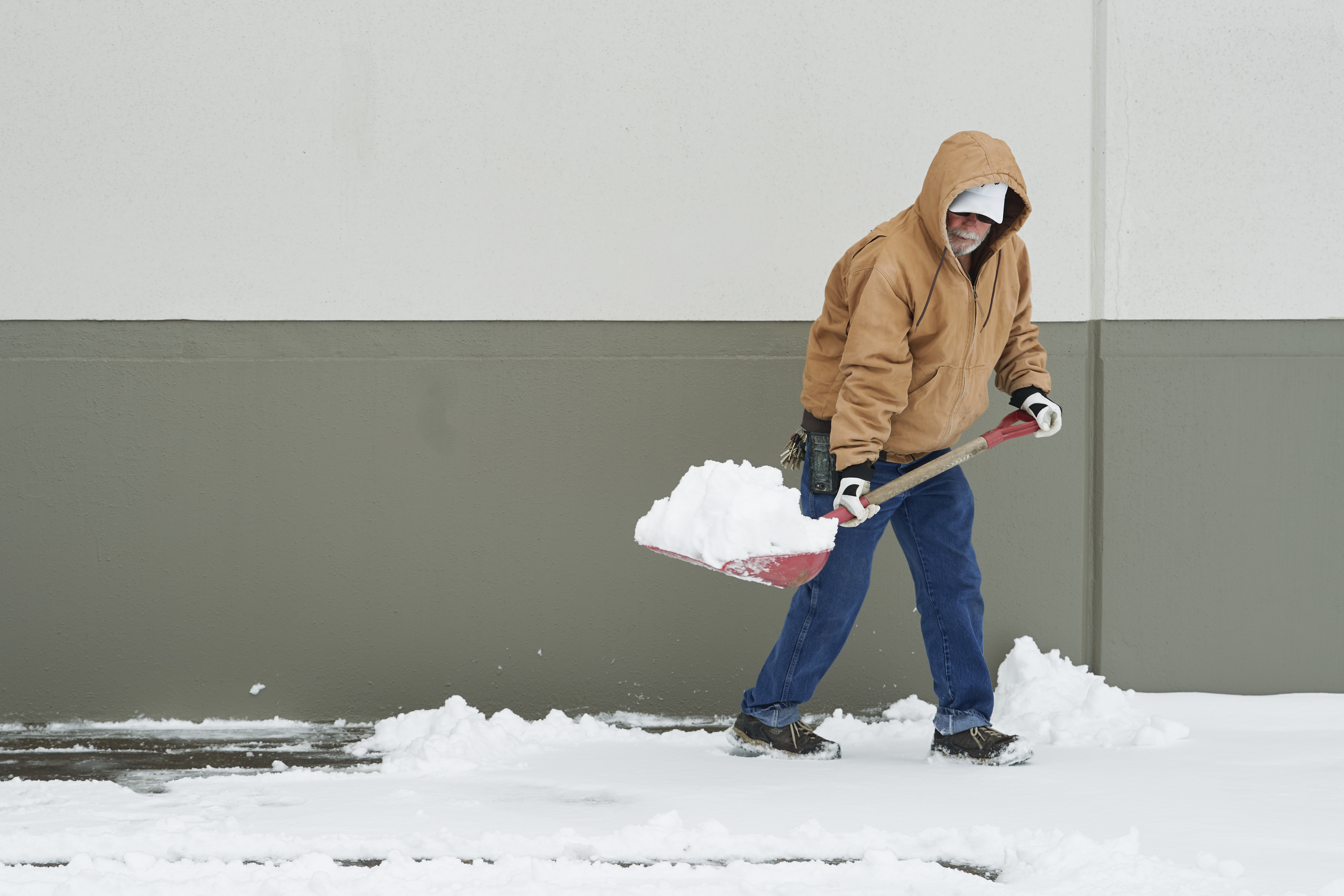AARP Hearing Center

En español | As severe winter weather blanketed Texas last week, Catherine MacDermott, 67, was hunkered down with her 98-year-old mother near Lake Weatherford, about 25 miles west of Fort Worth.
Like millions throughout the state, the pair endured rolling blackouts, getting 15 minutes of electricity and then going hours without. Without MacDermott’s home heating system and as temperatures outside dropped below zero, the temperature inside plunged into the low 40s. MacDermott’s mother, Kay Smith, slept in a hat and mittens for days. “I took every blanket I had, from all the other beds, and layered them on top of her,” says MacDermott, who has cared for her mother since she and her family moved Smith out of a Fort Worth independent living facility last year because of a COVID-19 ban on visits.
Older adults like MacDermott — who found herself battling “waterfalls coming out of my ceiling” as her pipes burst — were disproportionately impacted by Texas’ snow, ice and cold, which cut power to roughly 4.5 million people and led to a boil water advisory for nearly half of the state’s 29 million residents. National news reports indicate that people aged 50 and up accounted for most of the dozens of deaths for which a victim’s age could be verified in last week’s winter storm, which hit Texas and several other states. “We must make sure that older Texans and medically vulnerable Texans are not left behind every single time there is a disaster,” says Tina Tran, AARP Texas state director.
The Federal Emergency Management Agency has issued a major disaster declaration in 108 of Texas’ 254 counties, qualifying them for federal aid. Local plumbers and contractors say they’ve been overwhelmed by calls. “We’re busy as all get-out now,” says Nancy Hoffman Rowe, 60, who works in the construction industry. Rowe endured last week’s storm and its aftermath with her mother, 89-year-old Mary Anne Hoffman, who has dementia and lives in a nearby assisted living facility. When the facility lost power, Rowe and her husband decided to take her mother in for a while.
Nearly half of Texas’ 1,200 nursing homes reported a weather-related emergency related to the storm, says Patty Ducayet, the state’s long-term care ombudsman. Though many family members took loved ones into their homes, residents of some facilities were forced to evacuate to escape unsafe living conditions. Ducayet says that 47 assisted living facilities and 23 nursing homes were evacuated because of the winter storm, and some residents had yet to return as of Tuesday. Most nursing home residents were sent to other nursing homes that were less affected.
Assisted living residents, many of whom do not require round-the-clock skilled nursing care, were more widely dispersed. Ducayet says some went to similar facilities nearby, but she knows of at least one assisted living facility that was evacuated to a nearby church. “It’s not always bad. Some evacuations go smoothly,” Ducayet says. “But there’s always the risk of really bad outcomes. Especially critically ill residents — that move can be very traumatic on them.”
Will evacuations spread COVID?
The evacuations unfolded against the backdrop of a pandemic that has disproportionately impacted long-term care residents, who account for nearly 40 percent of the country’s COVID-19 deaths while making up less than 1 percent of the total population. There have been 11 COVID-19 infections and more than 2 deaths per 100 nursing home residents in Texas since the pandemic began — both above the national average — according to data from AARP.
Rowe’s mother survived COVID-19 last year, and she’s already received her first vaccination. But Rowe worries about an uptick in cases among residents after the evacuations. “It was just my husband and I at home, but you think about people — if they went to a big family, they could be exposed to COVID,” she says. “Now what? Is that going to amp up again?”
It will likely be weeks before the state knows whether the response to last week’s storm contributes to an uptick in COVID-19 infections among long-term care residents. But residents in most facilities have received at least one round of vaccination, and some hard-hit facilities have developed a degree of herd immunity. It’s “lucky timing” that the storm didn’t hit earlier in the winter, Ducayet says.
Brian Lee, executive director of Families for Better Care, a long-term care advocacy group based in Austin, is pushing for the state to adopt more concrete backup generator requirements for long-term care locations. Assisted living facilities don’t need to have an onsite backup generator to maintain power during an outage, Ducayet says. Nursing homes do face such a requirement, but their emergency power supplies don’t need to power their HVAC systems. Lee says that’s problematic in a state like Texas, since temperatures often climb well into the 90s and beyond during hurricane season.
“If facilities were required before this event to have generators in place, that would keep the temperature and the HVAC systems operational,” Lee says of last week’s weather. “It would have prevented a lot of the chaos that we saw with nursing homes and assisted living facilities.”
—Tracy Schorn and Tom Korosec contributed to this report.
Also of Interest:































































